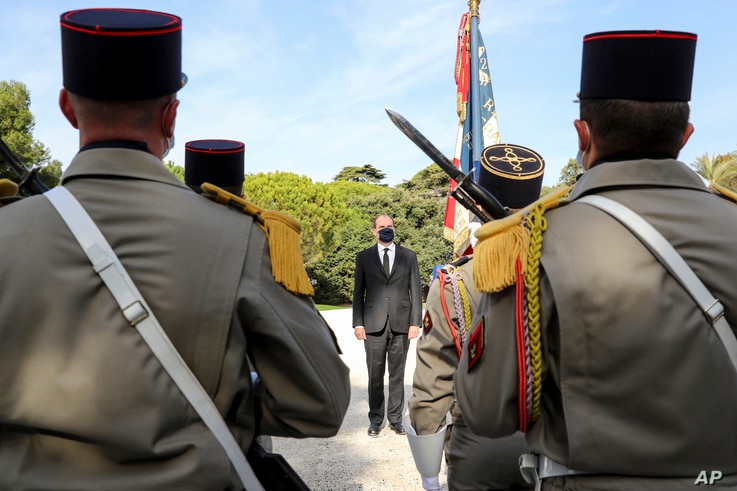After arriving on a migrant boat at Italy’s Lampedusa island in September, Brahim Aouissaoui, a 21-year-old Tunisian, traveled more than 1,000 additional miles to arrive in the French city of Nice where he is suspected of a terror attack at a church.
Aouissaoui, who stabbed three people to death in late October, was shot and taken into custody by the French police. The authorities have yet to release further details of the man’s motives or possible affiliation with specific terror groups.
Even though it remains unknown to the public why Aouissaoui chose France for his alleged attack, terrorism experts say the country has in recent years become Europe’s biggest target for radical Islamists.
According to official data by Europol, France has witnessed more jihadist attacks than any other European Union member since 2014, when the Islamic State (IS) established its so-called caliphate in Iraq and Syria. Nearly 300 French citizens have died in those attacks.

Second biggest religion
“France is not different from other countries; it’s just the perfect enemy,” said Hugo Micheron, a postdoctoral research associate focusing on Islamic extremism at Princeton University, during a webinar Monday hosted by the Washington Institute for Near East Policy.
“It’s the country in Europe with the biggest Muslim population. It’s the country in Europe with the biggest Jewish population. It’s the country in Europe that has a very important legacy of Christianism,” he added.
Islam is the second-largest religion after Christianity in France, where 7% to 9% of the population are believed to be Muslims, according to CIA Factbook, which estimates the country’s Jewish population to be less than 1%.
Muslim leaders in France say that most French Muslims do not identify with radical Islam, saying that the attackers don’t represent their religion.
Official data also suggests a decline in both the fatality and frequency of jihadist attacks throughout Europe in recent years. While in 2017, for example, there were 33 foiled and successful terror attacks in EU, that number declined to 21 last year.
French secularism
The recent attacks including last month’s decapitation of Samuel Paty, a French schoolteacher, after he showed cartoons of Prophet Muhammad to his students in class, has renewed attention to the issue of Islamic extremism in the country.
Some experts argue it is perhaps the country’s rather unique secular system, known as laicite, that bans the display of any religious symbols, whether it is a cross or a headscarf, in public institutions such as schools that radical Islamists find intolerable.
“This is very different from the Anglo-Saxon model with nations aggregating different communities and being more tolerant to particularism,” Laurence Bindner, a member of the U.N. Security Council’s Counter-Terrorism Committee Executive Directorate (CTED), said during the Washington Institute webinar.
“The French have always had provocative stances against religion with a very particular, anti-clerical and satirical press since the French Revolution,” she added.





